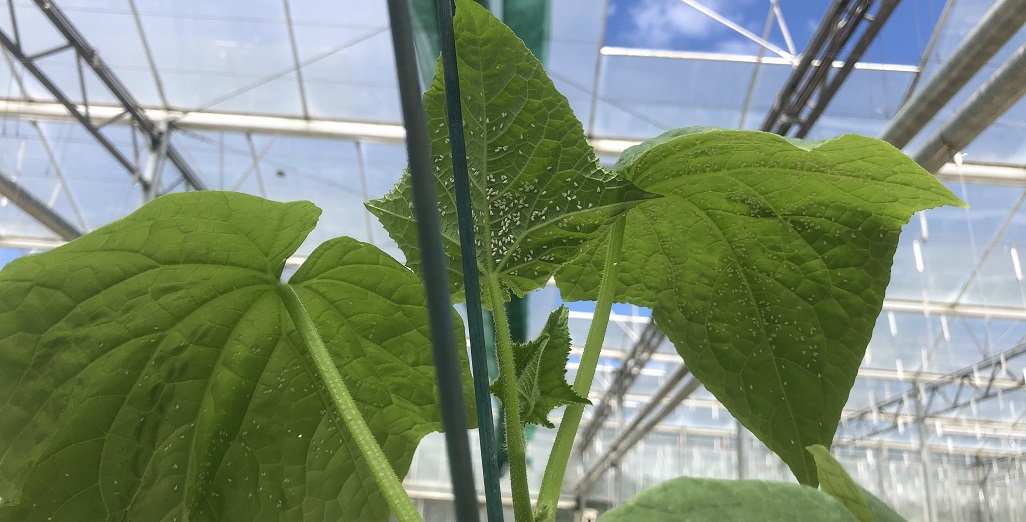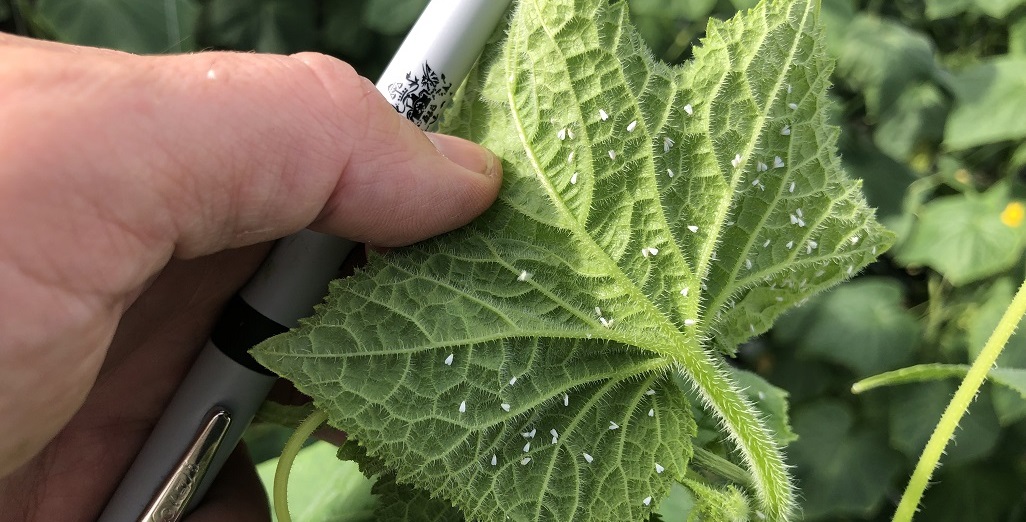Sign up here to subscribe to the Grower2grower Ezine. Every two weeks you will receive new articles, specific to the protected cropping industry, informing you of industry news and events straight to your inbox.
Jan 2021
Future-Proofing thrips management in strawberries

Field Day held on January 14th
Background:
Last week I attended a field day, in Whenuapai, to learn more about the Thrips Pest Management Sustainable Farming Fund Project. The project research and delivery are a collaboration between the New Zealand Institute for Plant and Food Research Limited and Berryworld Limited. The project started in July 2019 and finishes in June 2022. There was update and shared learnings from the first 1 ½ years of research, and information was offered regarding the programme schedule for the next 1 ½ years.
The project is funded by the Ministry of Primary Industries (MPI) and Strawberry Growers New Zealand Incorporated (SGNZ).
“The aim is to increase knowledge and develop and implement new tools and management techniques to manage thrips, transforming the current Integrated Pest Management (IPM) strategy. The goal is to enable growers to manage thrips to minimise economic damage of these pests and enable an overall IPM strategy to be implemented across New Zealand strawberry production.
The technical findings of this project will be released by Strawberries New Zealand to its members so I won’t be discussing the findings in detail. However, I was very impressed with the technical information available. It is exactly the type of collaboration we need and will be required for many years to come to assist growers and industry to tackle the issues of the day. Thrips cause damage to many other crops grown in New Zealand. Research, ascertained to assist with more cost effective and safe ways to mitigate the damage these pests cause will only benefit us all. Strawberries offer strong export opportunities to several international markets (this year being the exception due to international transport complications), reducing thrip damage will increase plant health reflecting in a higher volume of export quality fruit. Increasing export, to established markets and providing those markets with certainty of supply is key for long term profitability.
The day also offered growers and suppliers an opportunity to come together to discuss everything growing. There is nothing like talking shop with other growers, and even though my knowledge is firmly in protected cropping some of the challenges open air growers face are similar, especially when it comes to a common threat such as thrips. Greenhouse strawberry production is in its infancy in New Zealand but with high-tech greenhouses being built around the world, to grow strawberries, then it will be a matter of time before it becomes feasible in NZ. Even if high-tech structures are built in NZ, growing outdoors on open air table tops or using low-tech structures will continue to offer solid returns for many years to come.
A fantastic take home piece of Advice:
The entire day was informative, one brilliant piece of advice that I took away from the day was advice provided by Paul Horne, from IPM technologies from Australia (Via Zoom). Some products may display compatibility with IPM programmes but you should always ask your supplier which beneficial insects are they compatible/friendly with. Otherwise, we may discover we are unwittingly having a negative impact on other introduced beneficial insect species.
My two cents:
One, almost fool proof way to prevent thrips damaging strawberries is to 100% physically introduce barriers to entry. A similar concept to how you keep birds off a crop by using netting. What role using physical barriers play in the future would be something to consider when looking at this research. For example, the measures Medicinal Cannabis growers are introducing to prevent pest insects entering their growing zones. Thrip proof netting attached to vents of greenhouses is nothing new. Optimal climate control is the stumbling block as large investment would be required; however, it is possible.
I appreciate your comments. Please feel free to comment on the grower2grower Facebook page:
https://www.facebook.com/StefanGrower2grower/
Article Written and compiled by Stefan Vogrincic, Consultant, Grower2Grower
Article Edited by Marie Vogrincic, Editor, Grower2Grower
CLASSIFIED
Subscribe to our E-Zine
More
From This Category

Starting on the back foot

(Best of 2023) RNA-based disease control in protected cropping environments. Anne Sawyer presents at the PCA Conference (Best new development PCA 2023)

(Best of 2023) Aphid infestation on cucumber crops

LimoMax, a new predator for insect control in greenhouses and outdoor crops.

Aphid infestation on cucumber crops






























